A historical crossroad of trade routes, it’s home to Germanic, Slavic, and Mediterranean cultures and influences. Plus, Venice is only about two and a half hours away and the country’s small coastal villages are undistinguishable from those of northern Italy.
Ljubljana’s symbol is a dragon, you’ll see it throughout the city. According to legend, Jason and the Argonauts were on their way home with the Golden Fleece and slayed a monster in this area…
Some believe that to be part of the emblem animal’s origin. More likely, though, it’s due to Saint George being the patron saint of Ljubjana Castle.
Ljubljana has as much to offer as any Western European capital in terms of culture. Slovenia has a long and proud tradition of theatre, and its capital is home to many theatres.
The city also boasts loads of museums… for art, culture, architecture, and history. In terms of art, you’ll find whatever suits your taste here, whether contemporary, historical, quirky, or traditional. It’s also a musical center, with many national societies and associations devoted to music in all its forms.
You can also enjoy a number of festivals and events ranging from culinary to art to music to literary.
The city is proud of its annual Ljubljana Festival, which has a history of presenting outstanding artistic events.
The architecturally stunning Ljubljana boasts important Baroque, Art Nouveau and Art Deco buildings. The city has been rebuilt several times over after earthquakes. Hostel Celica is a wonderful example of the architectural ingenuity of the city.
The country’s most popular hostel was made from the skeleton of a former Yugoslavian military prison. Guests sleep behind bars, comfortable in artistically designed cells worked over by 80 artists over 10 years. It’s also home to an art gallery and offers a cultural program.
The coast is only about an hour from Ljubljana. Head south to enjoy the olive groves, the breathtaking ocean views, and clean, clear water of the Adriatic… or head 45 minutes north of the city to experience Lake Bled, its small island (Bled Island), the pristine mountains and forests that surrounds the area, the medieval Bled Castle, and the other impressive architecture of art of its shores.
The country is also home to numerous golf courses, six of which are within about an hour’s drive of the city. Slovenia’s mountains are also a premier ski destination within Central Europe, and boasts over 50 ski areas, including several of international significance in the Julian Alps. Krvavec ski resort (with 26 kms of runs), Kranjska Gora, Vogel, and Cerkno are the nearest to the capital, at just about an hour away.
No need for a car here. The bus system in Ljubljana is good, and you can get around by foot, bike, or taxi. During the summer, residents say biking is one of the most pleasant ways to get around the city center (bike lanes are ubiquitous). The heart of the city is pedestrianized, but during summer offers what they call Cavaliers, small electric golf-cart-type vehicles offering transport to elderly residents and visitors, tourists, and parents with children from April to November. There’s also a funicular railway to Ljubljana castle.

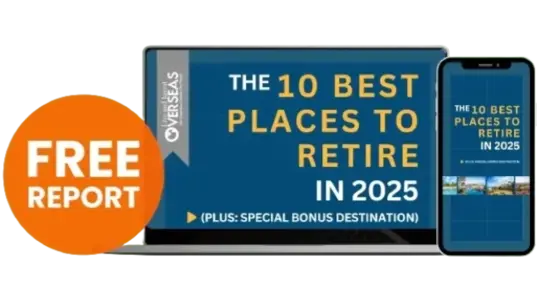
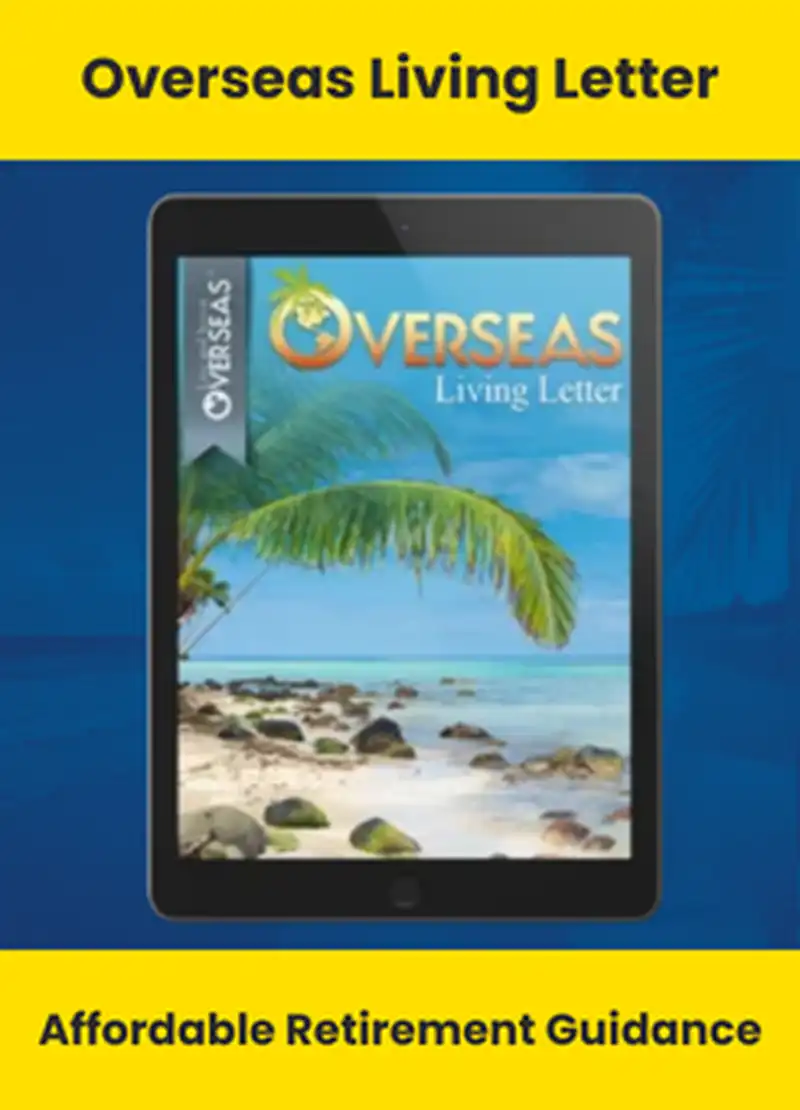




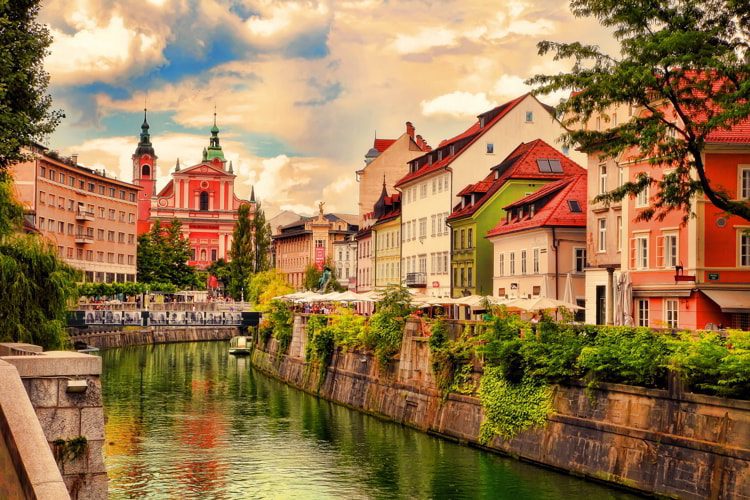






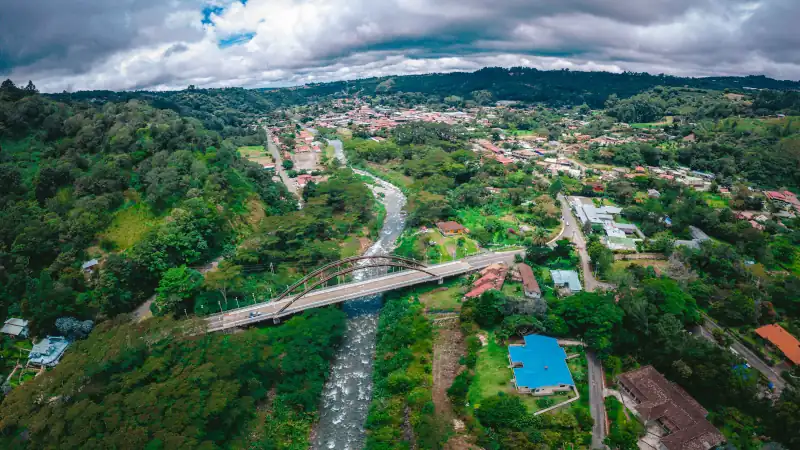 . '
. '
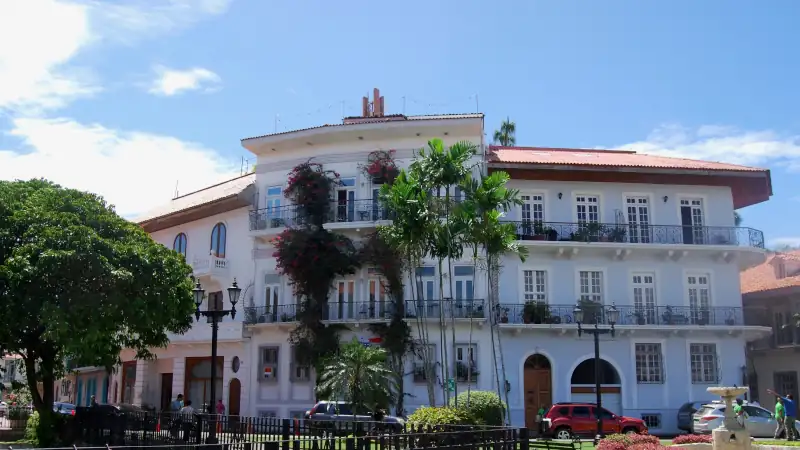 . '
. '
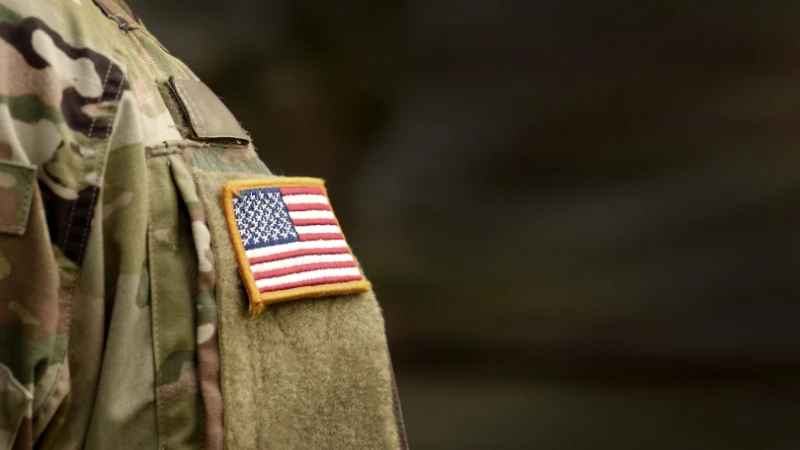 . '
. '
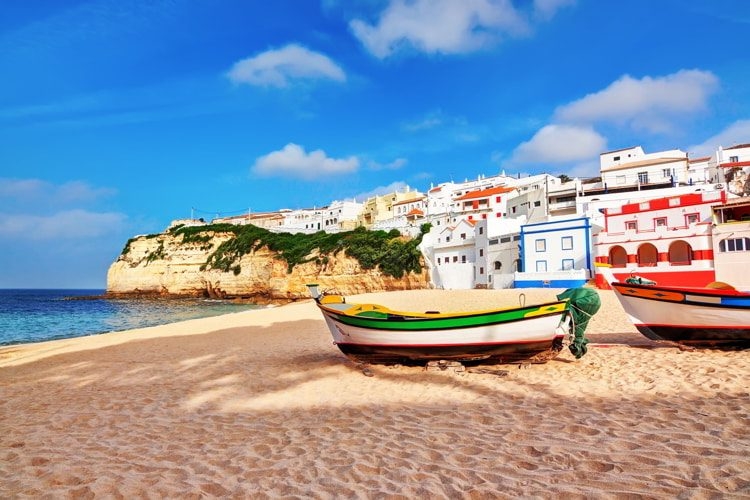 . '
. '
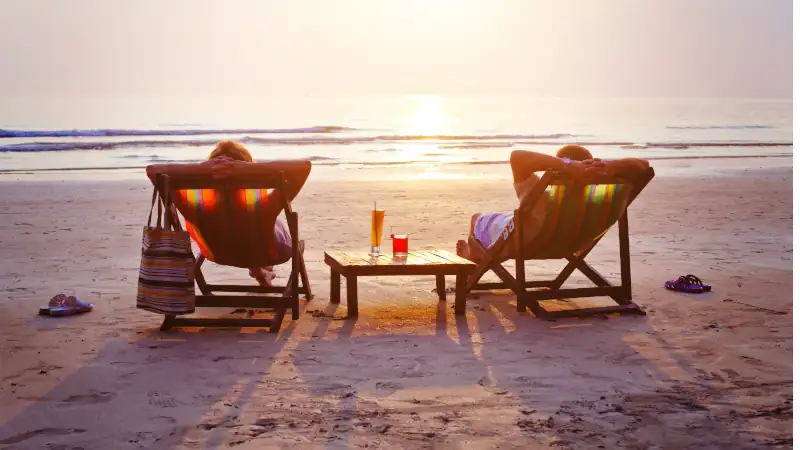 . '
. '








